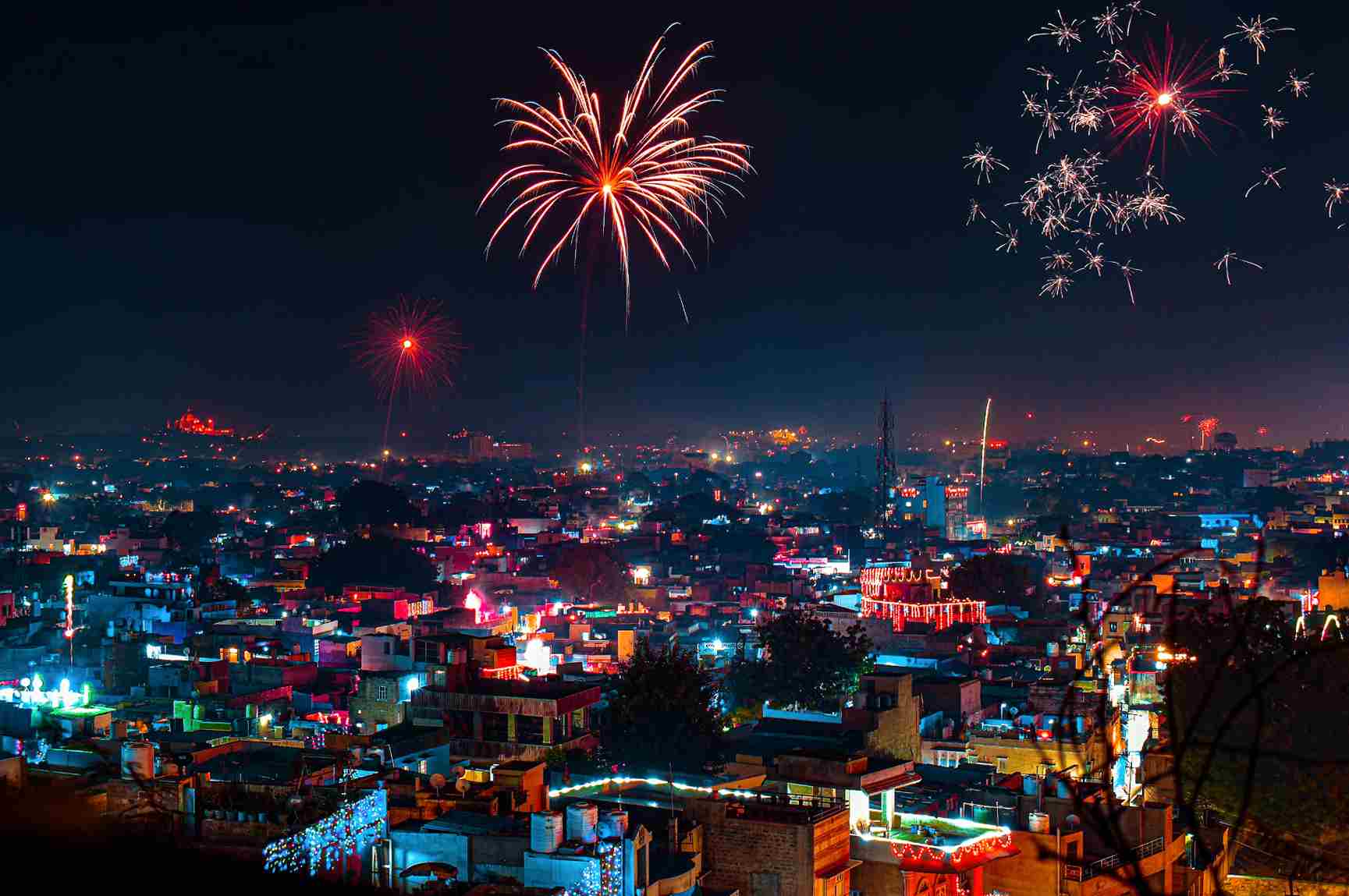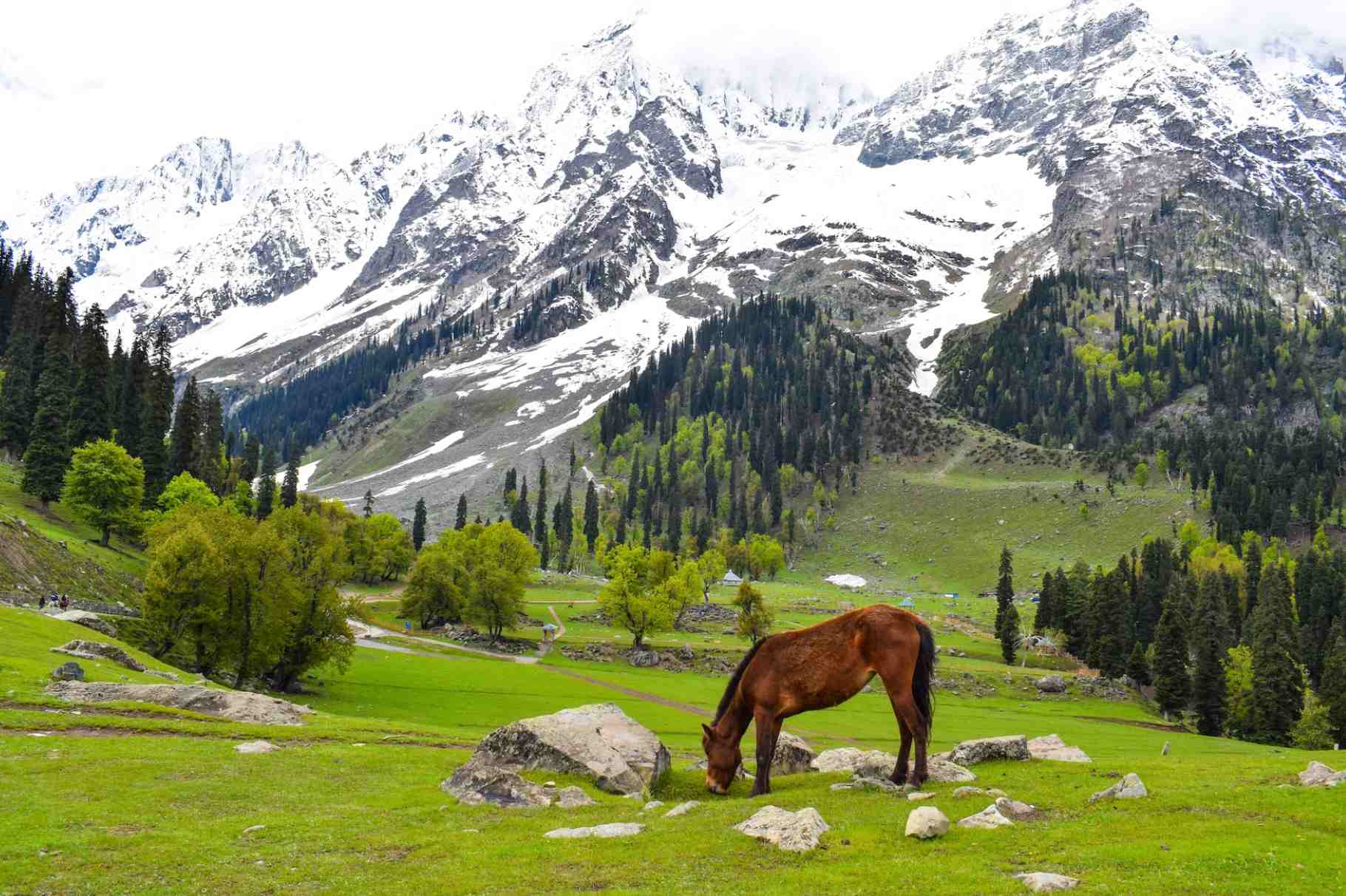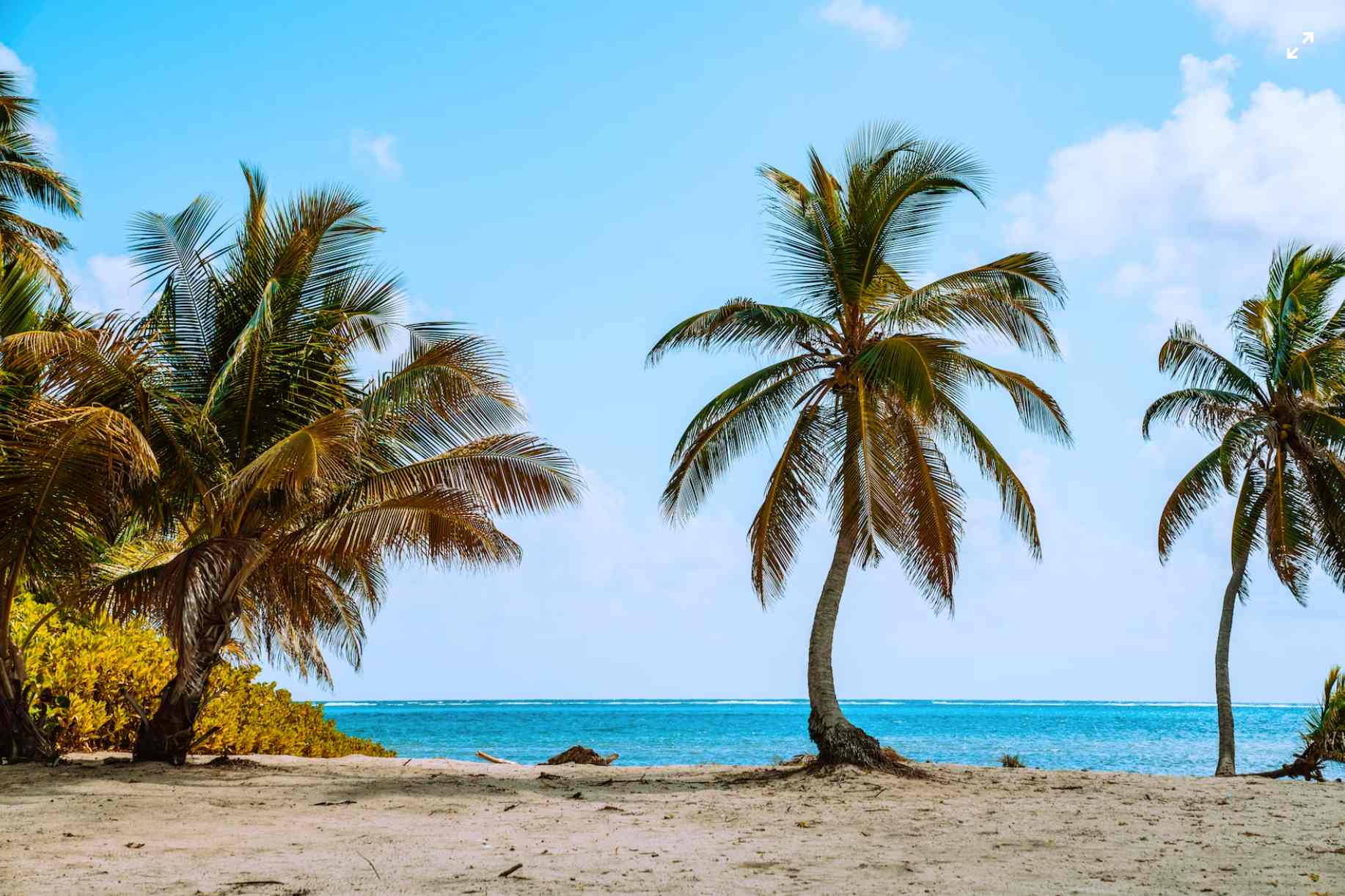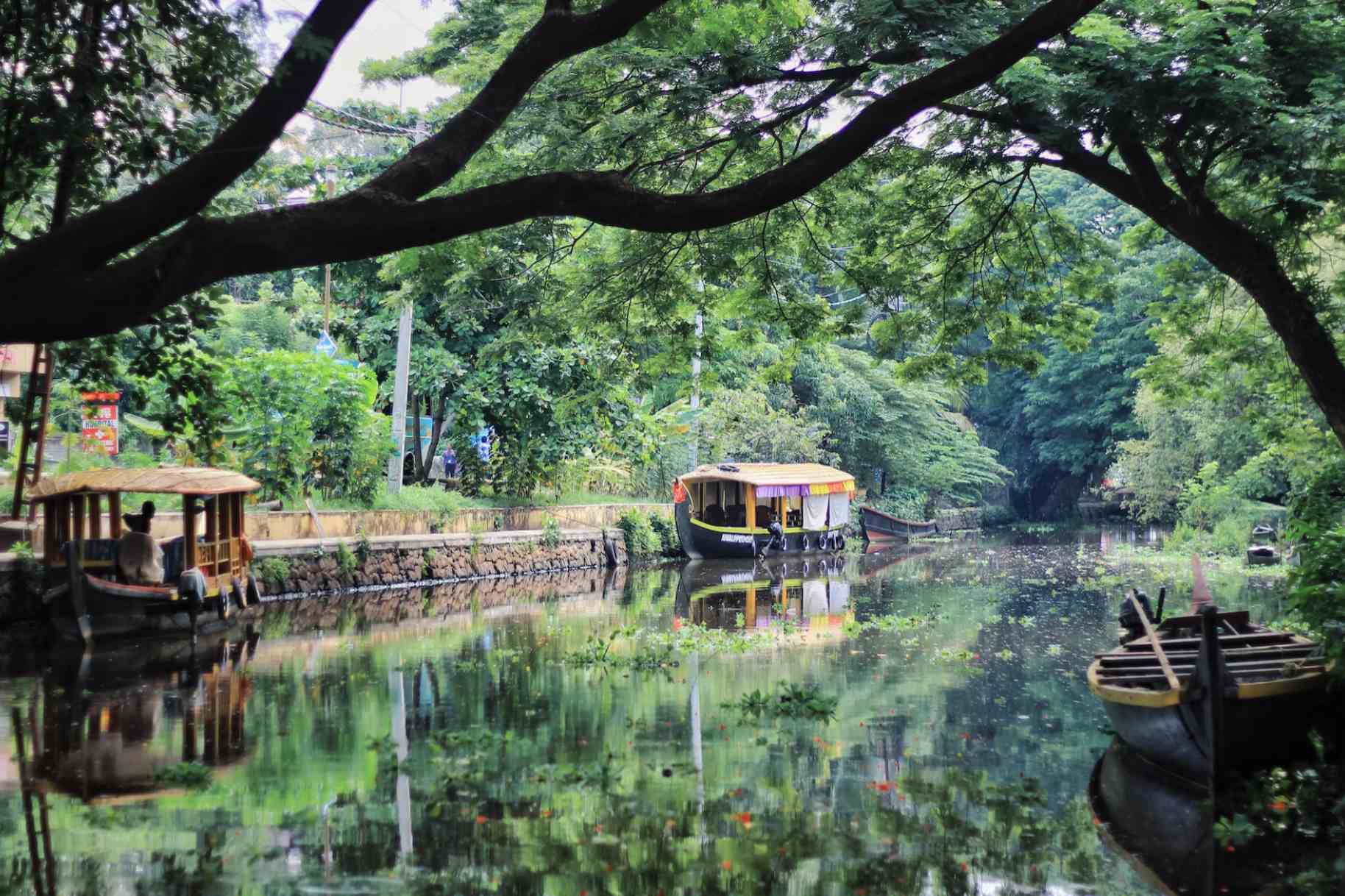Hammock Camping Tips & Hacks for Beginners | Hammock Camping Pros & Cons
Hammock camping has gained popularity among outdoor enthusiasts for its comfort, versatility, and unique experience. Whether you're a beginner or an experienced camper, this comprehensive guide will provide you with valuable tips and hacks to enhance your hammock camping adventures. We'll also explore the pros and cons of hammock camping, allowing you to make an informed decision about this alternative camping method.
What is Hammock Camping?
a. Definition and Overview
Hammock camping is a form of outdoor camping where a hammock is used as the primary means of sleeping and shelter instead of a traditional tent. A hammock is a suspended fabric sling that is typically made of nylon or other lightweight materials. It is attached between two anchor points, such as trees or sturdy posts, creating a comfortable and elevated sleeping platform.
Hammock camping offers a unique experience, allowing campers to sleep off the ground, sway gently with the breeze, and enjoy the soothing sensation of being cradled in nature. It provides a lightweight and compact alternative to traditional tent camping, making it popular among backpackers, hikers, and adventure seekers.
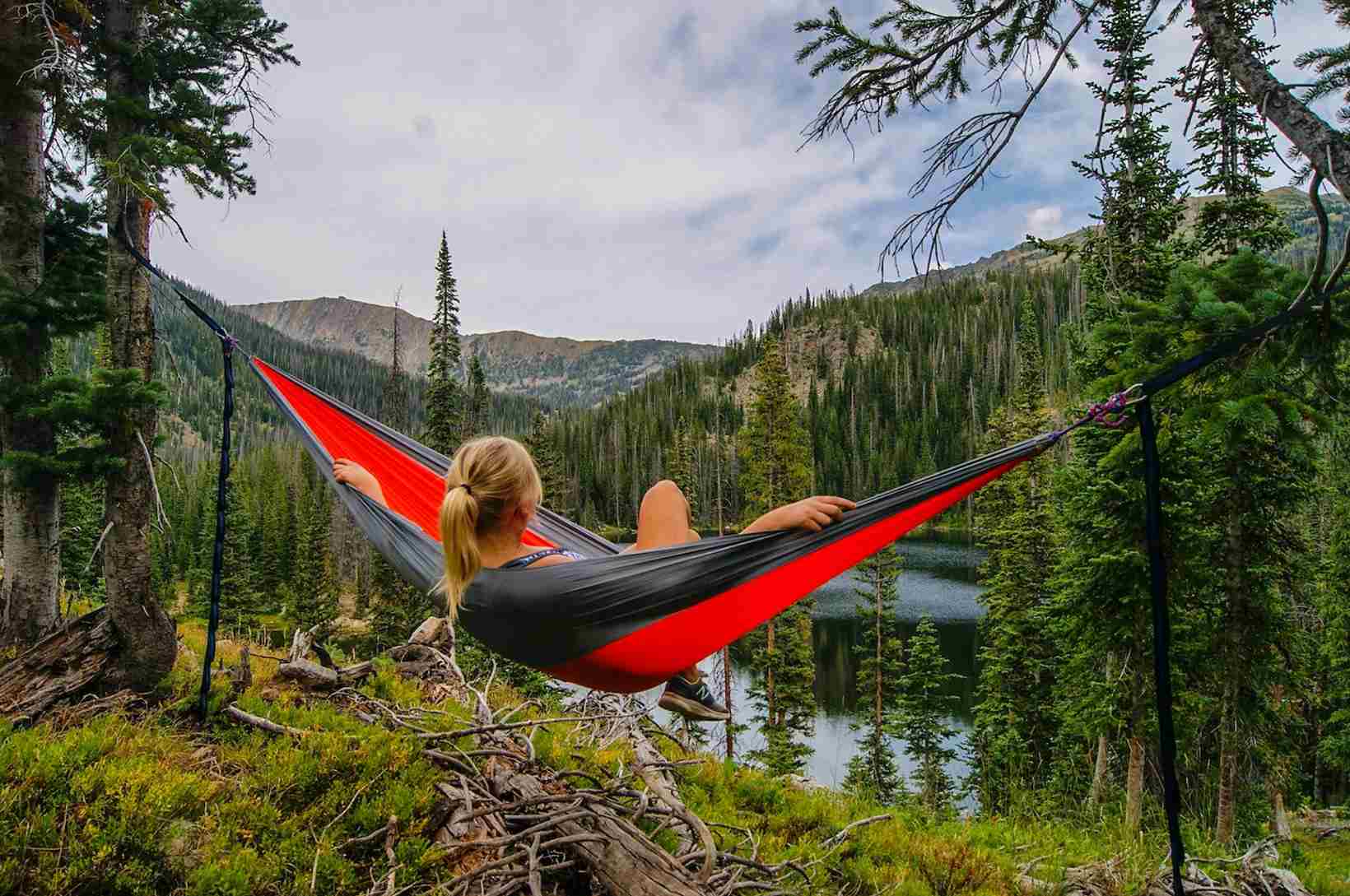
b. How it Differs from Traditional Tent Camping
Hammock camping differs from traditional tent camping in several ways:
Sleeping Surface: In hammock camping, the hammock serves as the sleeping surface, while in tent camping, campers sleep on the ground inside a tent.
Shelter: While tents provide full enclosure and protection from the elements, hammock camping relies on tarps or rain flies to provide overhead shelter and protection from rain, wind, and sun.
Weight and Packability: Hammock camping gear is generally lighter and more compact than traditional tent camping gear. Hammocks, suspension systems, and other accessories can be compressed into a small pack, making them ideal for backpacking and minimising overall weight.
Comfort: Many people find hammocks more comfortable than sleeping on the ground. The hammock's gentle sway and the absence of pressure points can promote better sleep and alleviate back pain.
Location Flexibility: Hammock camping offers greater flexibility in choosing a campsite since it requires only two suitable anchor points, such as trees, to set up. This allows campers to access more diverse and uneven terrain.
It's important to note that hammock camping may not be suitable for all environments or personal preferences. Factors such as weather conditions, availability of suitable anchor points, and individual comfort should be considered when deciding between hammock camping and traditional tent camping.
Hammock Camping Pros
a. Comfort and Improved Sleep
Hammock camping provides excellent comfort and can lead to improved sleep quality. Unlike sleeping on the ground, hammocks contour to your body, reducing pressure points and promoting a more restful sleep. The gentle rocking motion can also be soothing and help you fall asleep faster.
b. Lightweight and Portable
One of the significant advantages of hammock camping is its lightweight and portable nature. Hammocks are generally much lighter than tents, making them ideal for backpacking and reducing the strain on your back during long hikes. They are also compact and easy to pack, taking up minimal space in your backpack.
c. Versatility and Accessibility
Hammocks offer greater versatility in terms of campsite selection. As long as you have suitable anchor points (trees, poles, rocks), you can set up a hammock almost anywhere. This gives you the freedom to camp in areas where tent camping may be challenging or impossible, such as rocky terrains or wet ground.
d. Minimal Impact on the Environment
Hammock camping has a minimal impact on the environment compared to traditional tent camping. Since hammocks are suspended above the ground, they eliminate the need to clear vegetation or level the ground for pitching a tent. This helps preserve the natural landscape and reduces your ecological footprint while enjoying the outdoors.
By embracing hammock camping, you can experience enhanced comfort, convenience, and a more eco-friendly approach to outdoor adventures. It's important to choose high-quality hammock gear and practise responsible camping to minimise any potential impact on the environment and ensure a positive outdoor experience.
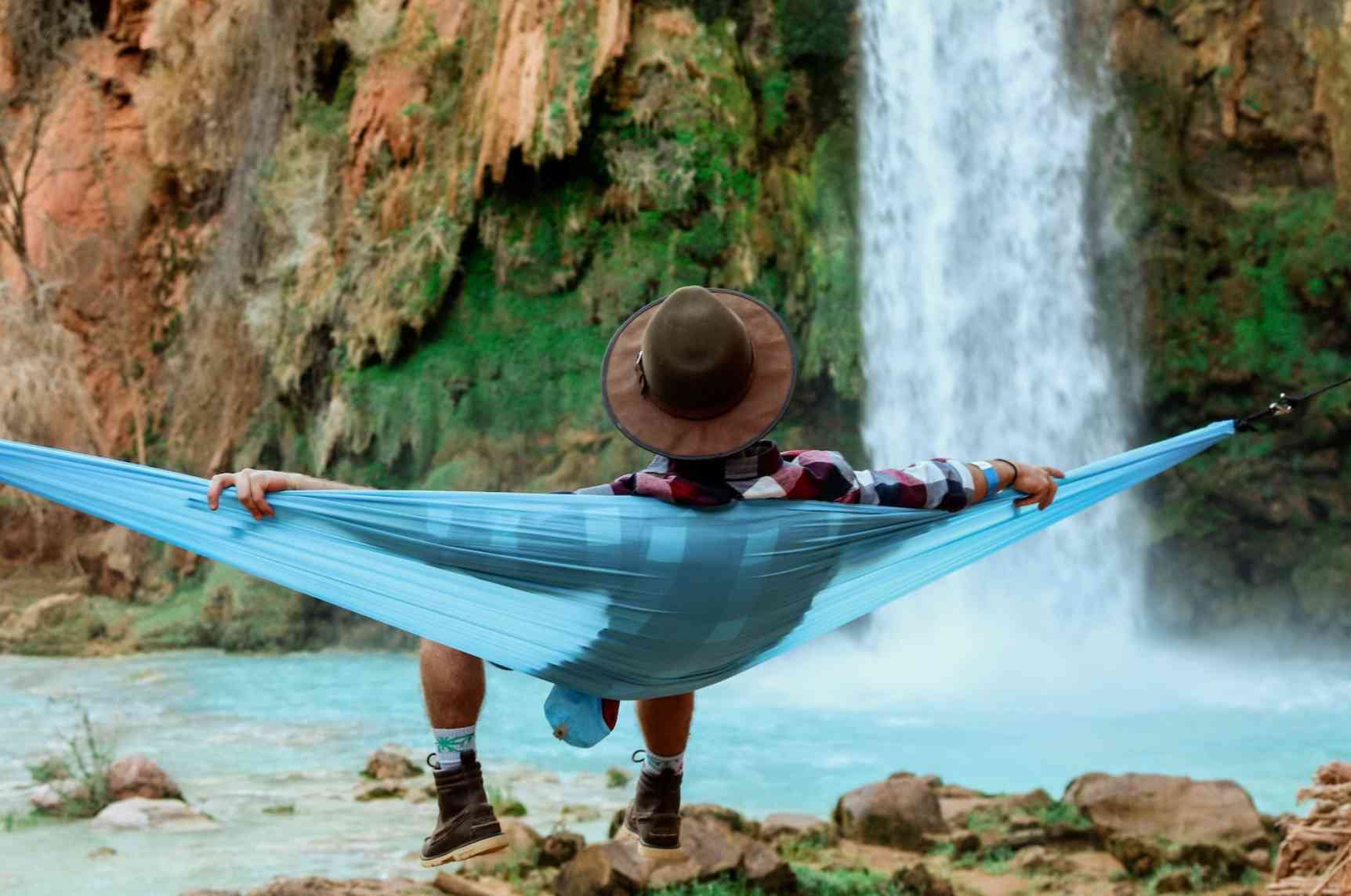
Hammock Camping Cons
a. Limited Space for Gear Storage
One of the drawbacks of hammock camping is the limited space for storing your gear compared to a tent. Hammocks have a smaller footprint, which means you may have less room to store your backpack, camping gear, and personal belongings. Proper organisation and using gear storage solutions, such as gear lofts or hanging pockets, can help maximise the available space.
b. Finding Suitable Hammock Camping Spots
While hammocks provide more flexibility in choosing a campsite, finding suitable anchor points can sometimes be a challenge. In areas with limited tree coverage or strict regulations against hammock camping, finding appropriate spots for setting up your hammock may require more effort and research. It's essential to respect local rules and guidelines regarding hammock camping.
c. Cold Weather Considerations
Hammock camping in cold weather requires additional preparation and gear. Unlike tents, hammocks expose you to air circulation from all sides, making you more susceptible to chilly temperatures. You'll need insulation, such as an underquilt or sleeping pad, to provide bottom insulation and retain body heat. Additionally, using appropriate sleeping bags or quilts rated for colder temperatures is crucial for staying warm.
d. Learning Curve and Adjusting Sleeping Positions
Hammock camping has a learning curve, especially for beginners. It may take some time to find the right tension and angle for setting up your hammock comfortably. Adjusting to a different sleeping position, as hammocks offer a different posture compared to sleeping on the ground, might require some adaptation. Experimenting with different suspension systems, hammock angles, and sleep positions will help you find the most comfortable setup for your needs.
Despite these considerations, many outdoor enthusiasts find the benefits of hammock camping outweigh the challenges. With proper planning, research, and a willingness to adapt, you can overcome these cons and enjoy the unique experience and comfort that hammock camping offers.
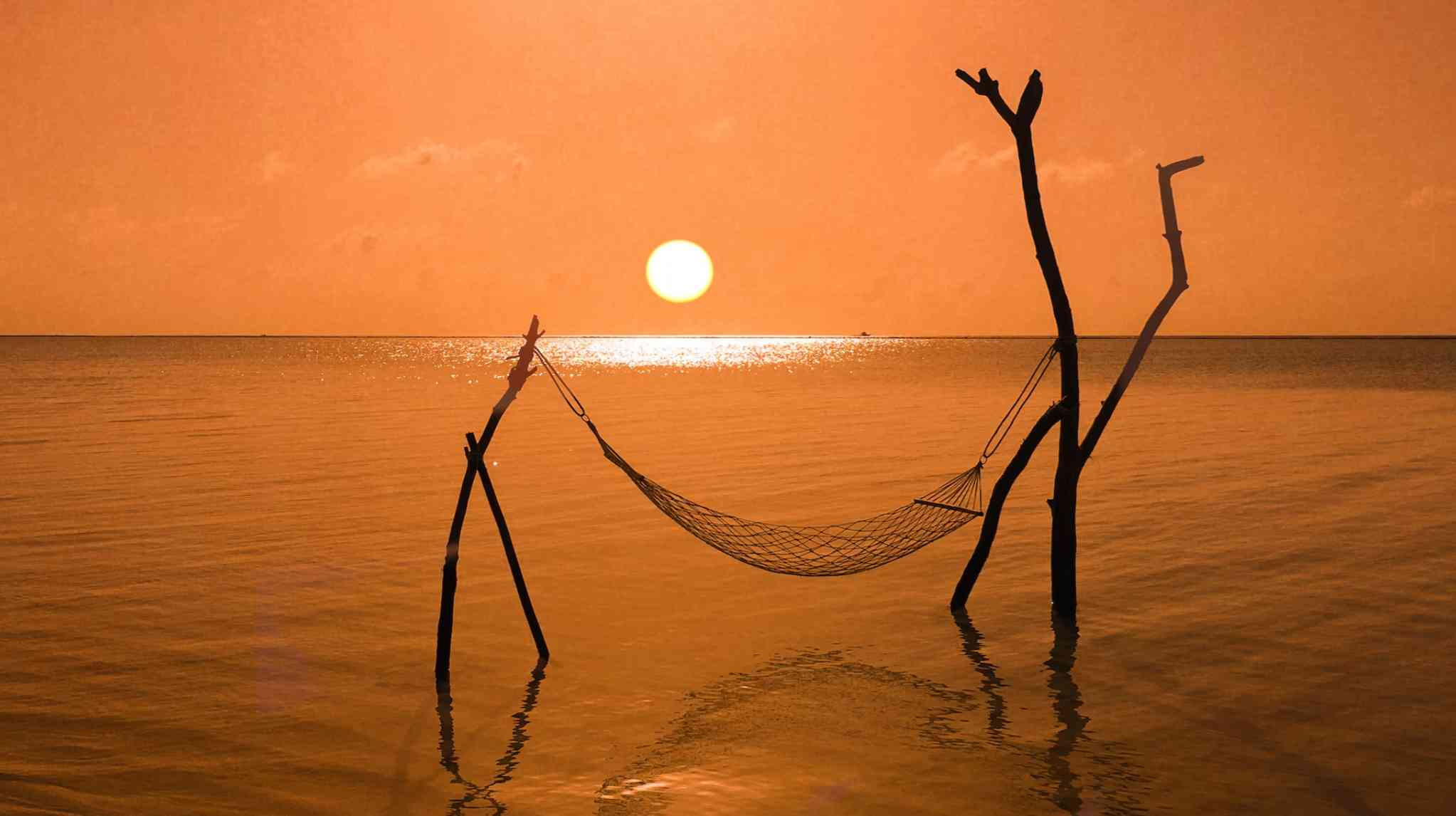
Essential Gear for Hammock Camping
a. Hammocks: Types, Materials, and Features
When choosing a hammock, consider factors such as size, weight capacity, material, and features. Look for hammocks made from durable and lightweight materials like nylon or polyester. Consider the length and width of the hammock, ensuring it provides enough space for a comfortable sleep. Some hammocks have built-in bug nets, pockets, or gear loops for added convenience.
b. Suspension Systems and Straps
A reliable suspension system is crucial for setting up your hammock securely. Tree-friendly straps or webbing with adjustable loops are commonly used. These straps wrap around the anchor points and provide a secure attachment for your hammock. Look for suspension systems that are strong, easy to set up, and offer tree protection to minimise any damage to the environment.
c. Bug Nets and Rain Tarps
Bug nets are essential for keeping pesky insects at bay during your hammock camping trips. Look for bug nets that are lightweight, easy to set up, and provide full coverage around your hammock. Rain tarps for rain flies are necessary to protect you from rain, wind, and sun. Opt for tarps made from waterproof and durable materials, offering ample coverage to keep you dry.
d. Insulation: Underquilts and Top Quilts
Insulation is crucial for hammock camping, especially in colder weather. Underquilts are suspended beneath the hammock to provide insulation and prevent cold air from reaching your back. Look for underquilts that are compatible with your hammock and offer adequate insulation for the expected temperatures. Top quilts or sleeping bags designed for hammocks provide insulation from above, keeping you warm and comfortable.
e. Additional Accessories: Ridgeline, Carabiners, and Guylines
A ridgeline is a useful accessory for hanging your hammock consistently and achieving the desired sag. It acts as a reference point and provides a place to hang accessories like lights or gear lofts. Carabiners are essential for attaching your hammock to the suspension system. Look for lightweight and sturdy carabiners with a secure locking mechanism. Guylines can be used to secure your rain tarp or create additional tension for the hammock setup.
These essential gear items will enhance your hammock camping experience and provide the necessary comfort, protection, and insulation. It's important to choose gear that suits your specific needs, environmental conditions, and anticipated trips. Always prioritize quality, durability, and functionality when selecting your hammock camping gear.
Tips and Hacks for Hammock Camping Beginners
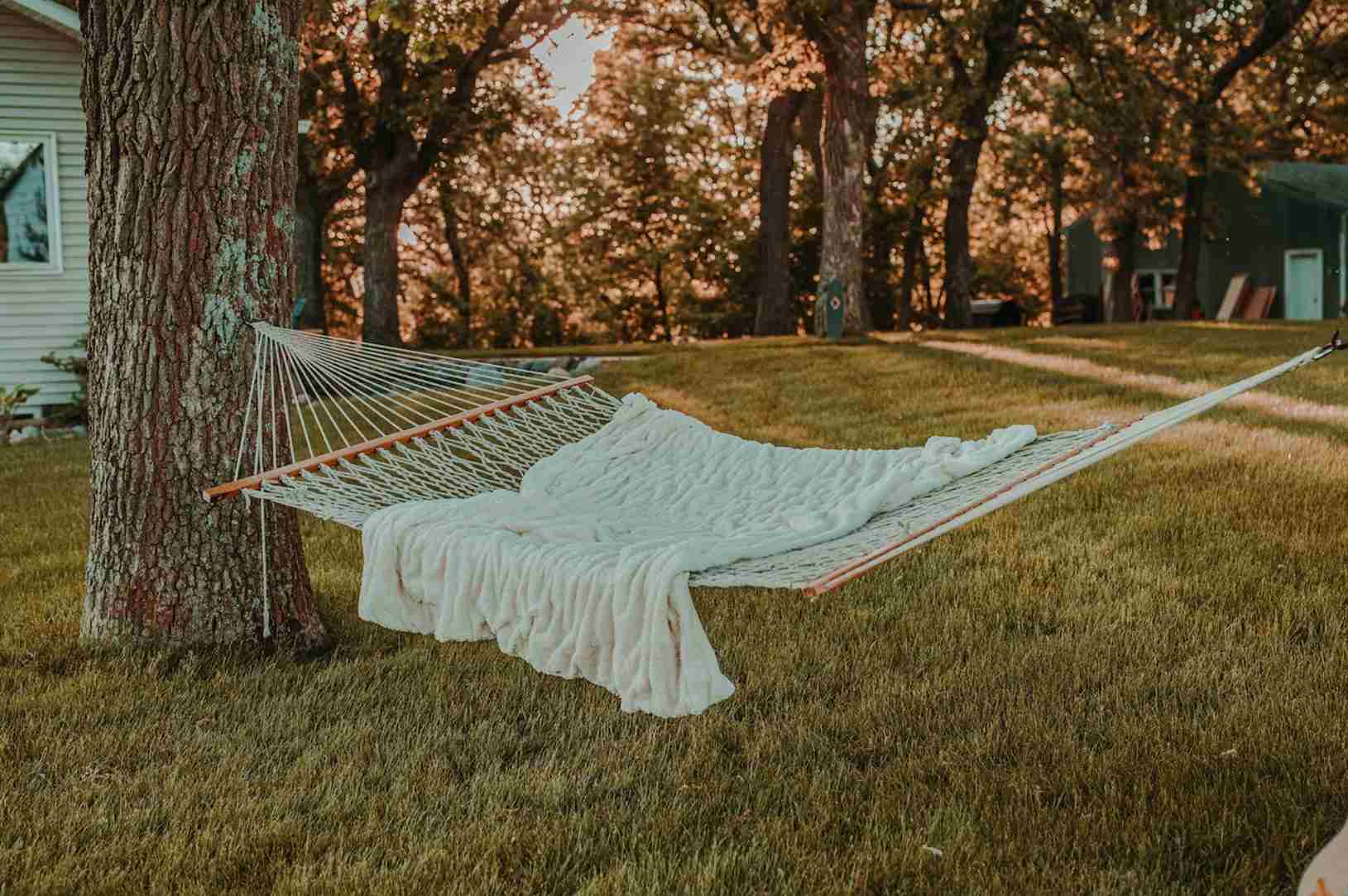
a. Choosing the Right Hammock and Suspension System
Consider factors like hammock size, weight capacity, material, and features.
Select a suspension system that is easy to set up, tree-friendly, and provides a secure attachment.
b. Selecting Suitable Campsites and Proper Tree Selection
Look for trees or sturdy anchor points that are appropriately spaced and can support your weight.
Ensure the trees are healthy and strong enough to withstand the hammock's tension.
c. Setting Up Your Hammock: Proper Angle and Height
Hang your hammock with a 30-degree angle for a comfortable lying position.
Adjust the height to allow easy entry and exit without touching the ground.
d. Insulation and Cold Weather Tips
Use an underquilt to provide insulation underneath your hammock in colder temperatures.
Place a sleeping pad inside the hammock for additional insulation from below.
Use top quilts or sleeping bags rated for colder temperatures to stay warm.
e. Maximising Comfort: Adjusting Your Hammock and Sleep Position
Find the optimal sag and tension for your hammock to achieve a comfortable position.
Experiment with different sleeping angles and positions to find what works best for you.
f. Staying Organised: Gear Storage and Organization
Utilise gear lofts or pockets attached to your hammock to keep essential items within reach.
Use small stuff sacks or compression bags to pack and store your gear efficiently.
By following these tips and hacks, beginners can ensure a successful and enjoyable hammock camping experience. It's essential to practise setting up and adjusting your hammock before heading out on your trip, as it may take some time to find your preferred setup and sleeping position. Remember to prioritise safety, comfort, and responsible camping practices throughout your hammock camping journey.
Safety and Leave No Trace Principles for Hammock Camping
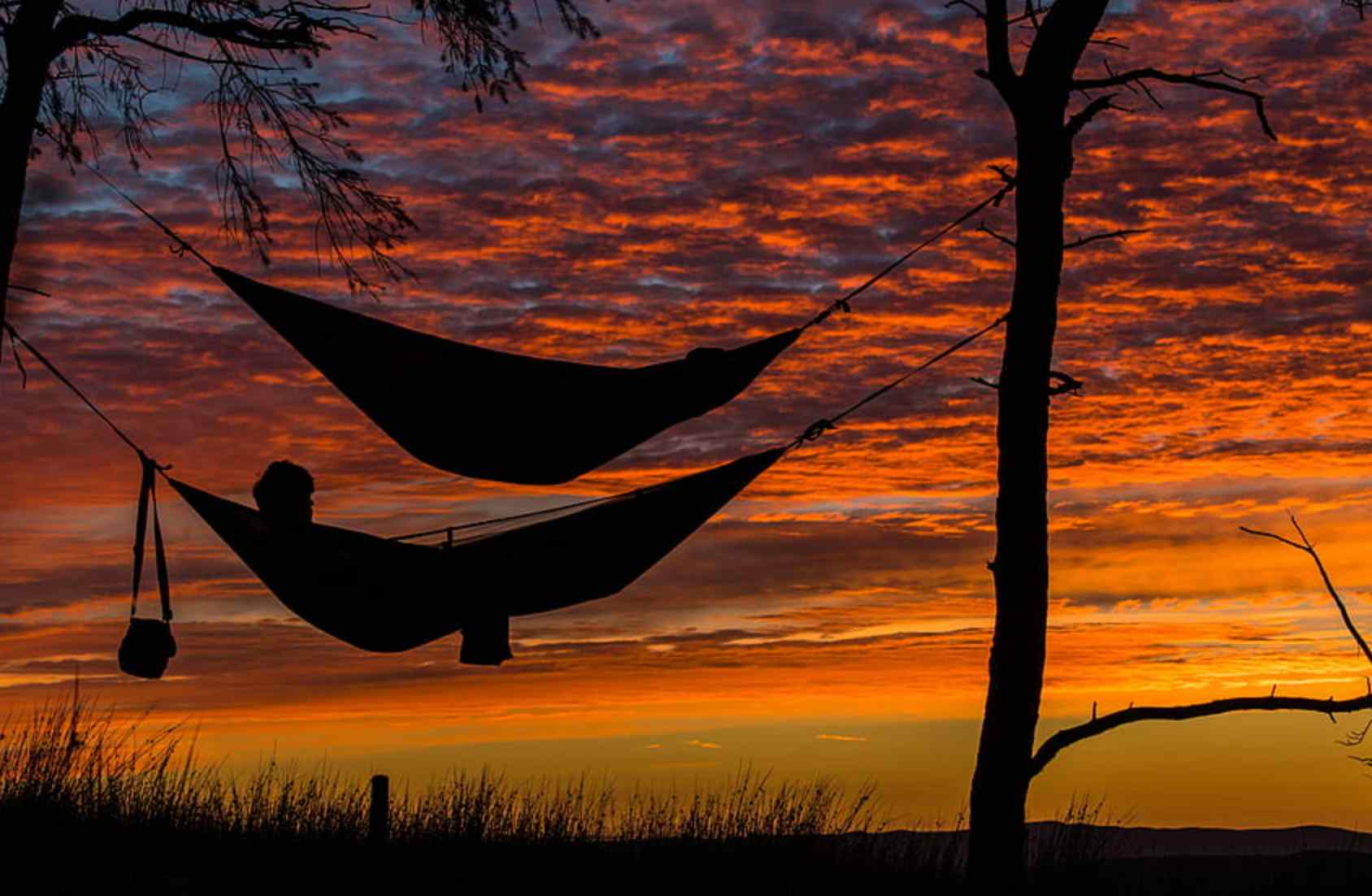
a. Hammock Hanging Safety Guidelines
Always ensure you have proper knowledge of hammock hanging techniques and follow manufacturer instructions.
Use sturdy and healthy trees or designated anchor points that can support your weight and the tension of the hammock.
Check for any signs of damage or wear on your hammock and suspension system before each use.
Ensure a proper hang angle and height to prevent excessive sagging or contact with the ground.
Avoid hanging your hammock too high to prevent accidents from falls.
b. Leave No Trace Principles for Hammock Camping
Plan Ahead and Prepare
Research and understand the rules and regulations of the area where you plan to hang your hammock.
Consider the potential impact on the environment and plan accordingly to minimise your footprint.
Dispose of Waste Properly
Pack out all trash and waste, including food scraps, wrappers, and other litter.
Use biodegradable and eco-friendly toiletries, if possible.
Follow proper hygiene practices and use designated restroom facilities when available.
Leave What You Find
Avoid damaging or altering the natural surroundings when selecting your hammock camping spot.
Do not cut or damage trees or vegetation to hang your hammock.
Leave rocks, plants, and other natural features as you found them.
Minimise Campfire Impacts
Follow fire regulations and guidelines of the area.
Use designated fire pits or stoves for cooking and heating purposes.
Keep your fire small and under control, and fully extinguish it before leaving.
Respect Wildlife
Observe wildlife from a distance and avoid disturbing their natural behaviour.
Do not feed wildlife or leave food scraps that can attract animals to your campsite.
Be Considerate of Other Visitors
Respect other campers' privacy and maintain a reasonable distance between your hammock and theirs.
Keep noise levels low, especially during quiet hours, to preserve the tranquillity of the surroundings.
Troubleshooting and Common Challenges
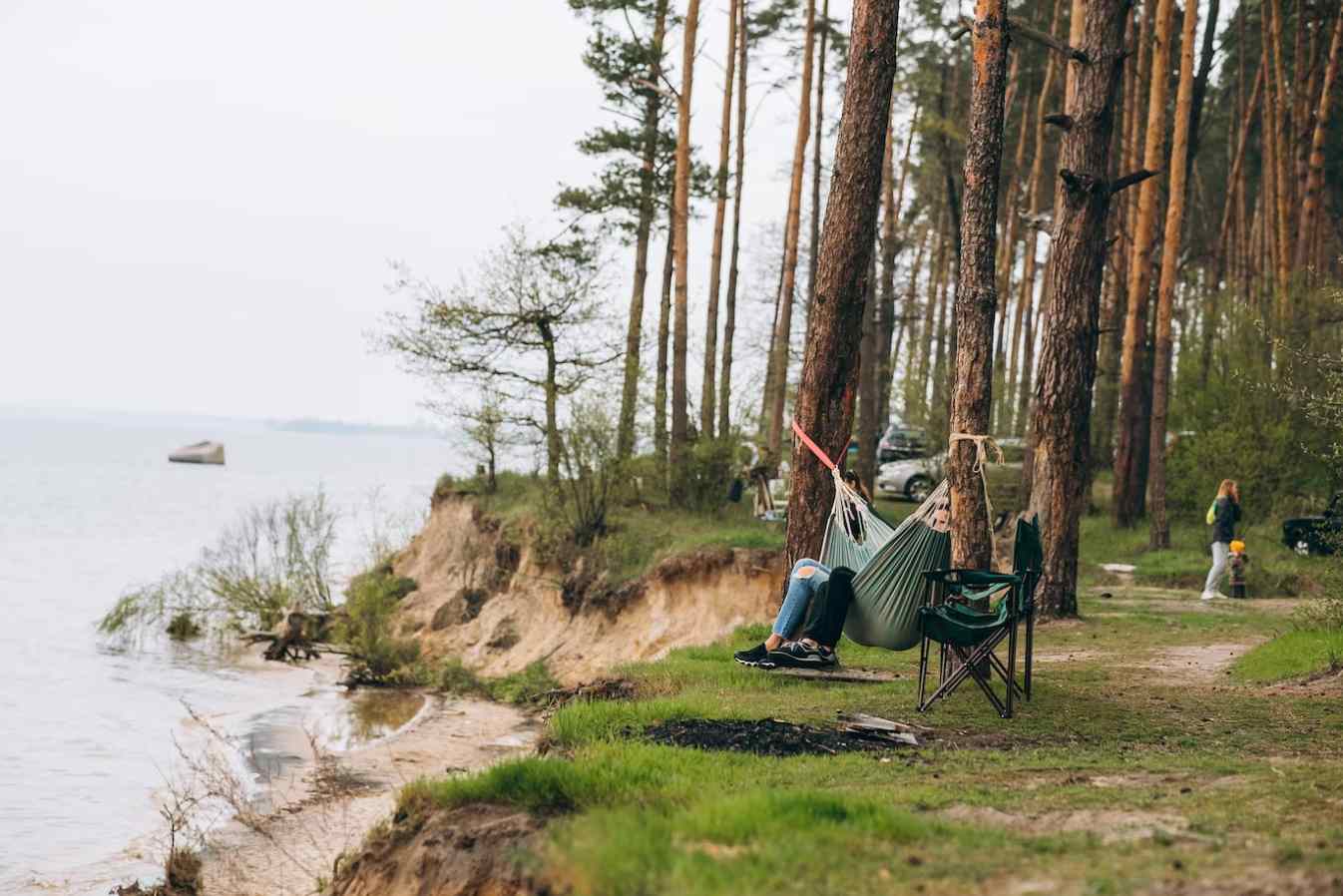
a. Dealing with Hammock Sway
Adjust the tension and angle of your hammock to minimise excessive swaying.
Use guy lines or additional straps to stabilise your hammock and reduce movement.
b. Finding the Right Comfort Level
Experiment with different setups, including the height, angle, and tension, to find your preferred comfort level.
Make sure the hammock is properly adjusted to provide optimal support for your body.
c. Addressing Condensation Issues
Use a breathable hammock material to reduce condensation buildup.
Ensure proper ventilation by leaving gaps or using a rain tarp with proper airflow.
By adhering to hammock hanging safety guidelines and following Leave No Trace principles, you can enjoy a safe and environmentally responsible hammock camping experience. Addressing common challenges, such as hammock sway, comfort levels, and condensation, will enhance your overall enjoyment and comfort during your outdoor adventures.
By following these hammock camping tips and utilising the recommended gear, you'll be well-prepared to embark on memorable outdoor adventures and enjoy the unique experience of sleeping in a hammock. Whether you're camping in the backcountry, exploring national parks, or simply seeking a relaxing getaway, hammock camping offers a fresh perspective on outdoor living.
Remember to practise responsible camping and follow Leave No Trace principles to preserve the natural environment for future generations. Happy hammock camping!
Note: This article is intended as a general guide. Always consider your personal comfort, safety, and local regulations when hammock camping.
Frequently Asked Questions (FAQ)
1. What is hammock camping?
Hammock camping is a form of outdoor camping where campers use a hammock as their primary shelter instead of a traditional tent. A camping hammock is suspended between two trees or sturdy anchor points, providing a comfortable and elevated sleeping space off the ground.
2. Is it OK to sleep in a hammock while camping?
Yes, sleeping in a hammock while camping is not only okay but can be a fantastic alternative to sleeping on the ground. Hammock camping offers numerous benefits, including improved comfort, better airflow, reduced impact on the environment, and a unique outdoor experience.
3. What is the difference between tent camping and hammock camping?
The main difference between tent camping and hammock camping lies in the type of shelter used. Tent camping involves setting up a tent on the ground, providing protection from the elements and insects. On the other hand, hammock camping involves sleeping in a suspended hammock, which offers a lightweight, versatile, and more comfortable sleep system.
4. Why camp in a hammock?
Camping in a hammock has several advantages:
Enhanced Comfort: Hammocks contour to your body, reducing pressure points and providing a comfortable sleep.
Lightweight and Compact: Hammocks are generally lighter and easier to carry than tents, making them ideal for backpacking.
Better Sleep: The gentle rocking motion of a hammock can promote deeper and more restful sleep.
Minimal Impact: Hammocks don't require stakes, leaving no trace on the ground and minimising your environmental impact.
5. Are hammocks good for stealth camping?
Yes, hammocks can be great for stealth camping due to their compact size and ability to be set up discreetly between trees or in hidden spots. Hammocks also offer better camouflage than tents, making them a popular choice for stealth campers.
6. How do you get out of a camping hammock?
Getting out of a camping hammock is straightforward. To exit safely, swing your legs over the side of the hammock and plant your feet firmly on the ground. Then, push yourself up using your arms and stand up.
7. Can a couple sleep in a hammock?
Yes, some hammocks are designed to accommodate two people, allowing a couple to sleep comfortably together. Double or two-person hammocks provide ample space and support for sharing the hammock experience.
8. What are the essential accessories for hammock camping?
Key accessories for hammock camping include:
Suspension System: Straps or ropes to attach the hammock to trees or anchor points.
Bug Net: Protects against insects and mosquitoes while sleeping.
Rainfly or Tarp: Provides shelter from rain and wind.
Underquilt or Sleeping Pad: Insulates the hammock from underneath, keeping you warm.
Top Quilt or Sleeping Bag: Insulating layer to keep you warm during cooler nights.
9. Can hammock camping be done in all seasons?
Yes, hammock camping can be done in all seasons with proper insulation. During colder months, campers should use an underquilt or sleeping pad and an appropriate top quilt or sleeping bag to stay warm. In warmer weather, hammocks provide excellent ventilation for a cool night's sleep.
10. What should I consider when choosing a camping hammock?
When choosing a camping hammock, consider factors such as weight capacity, material quality, setup ease, size (single or double), bug protection options, and the availability of add-on accessories like rainfly and underquilt. Selecting the right hammock will ensure a comfortable and enjoyable camping experience.
Hammock camping offers a unique and enjoyable way to experience the outdoors, and with the right equipment and knowledge, it can be a fantastic alternative to traditional tent camping.
Do you have a place suitable for Hammock camping? Just two trees to hang a hammock would be enough! Host a hammock camping on Sneakout.











